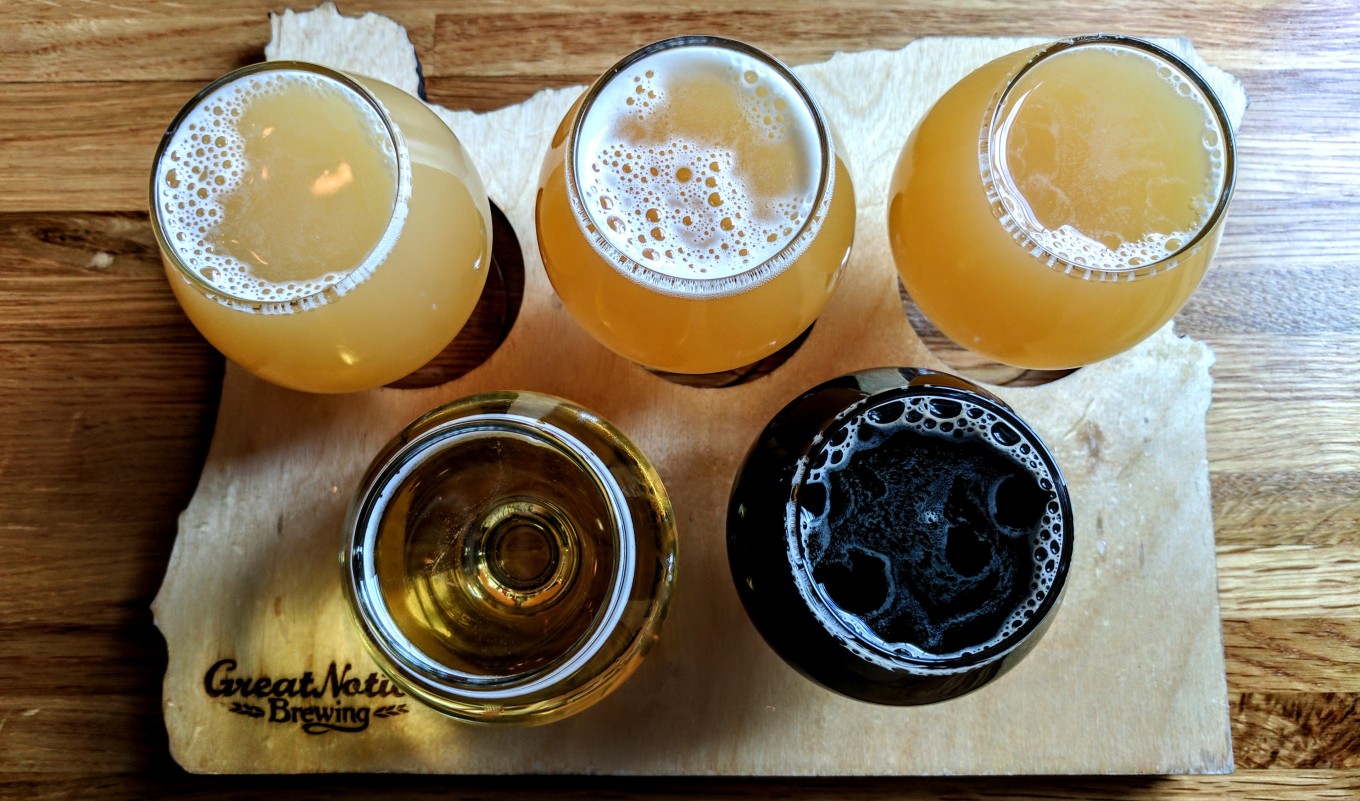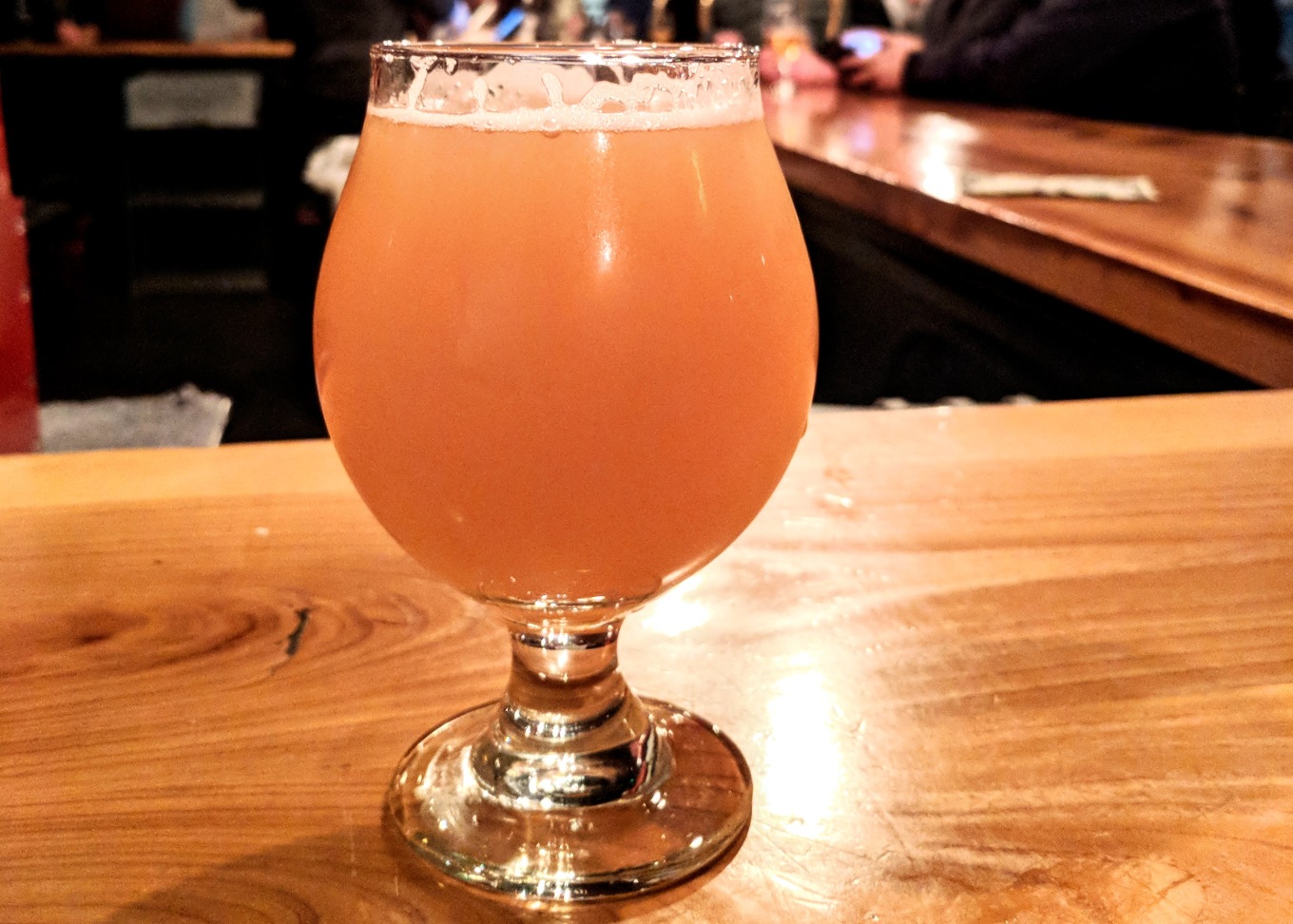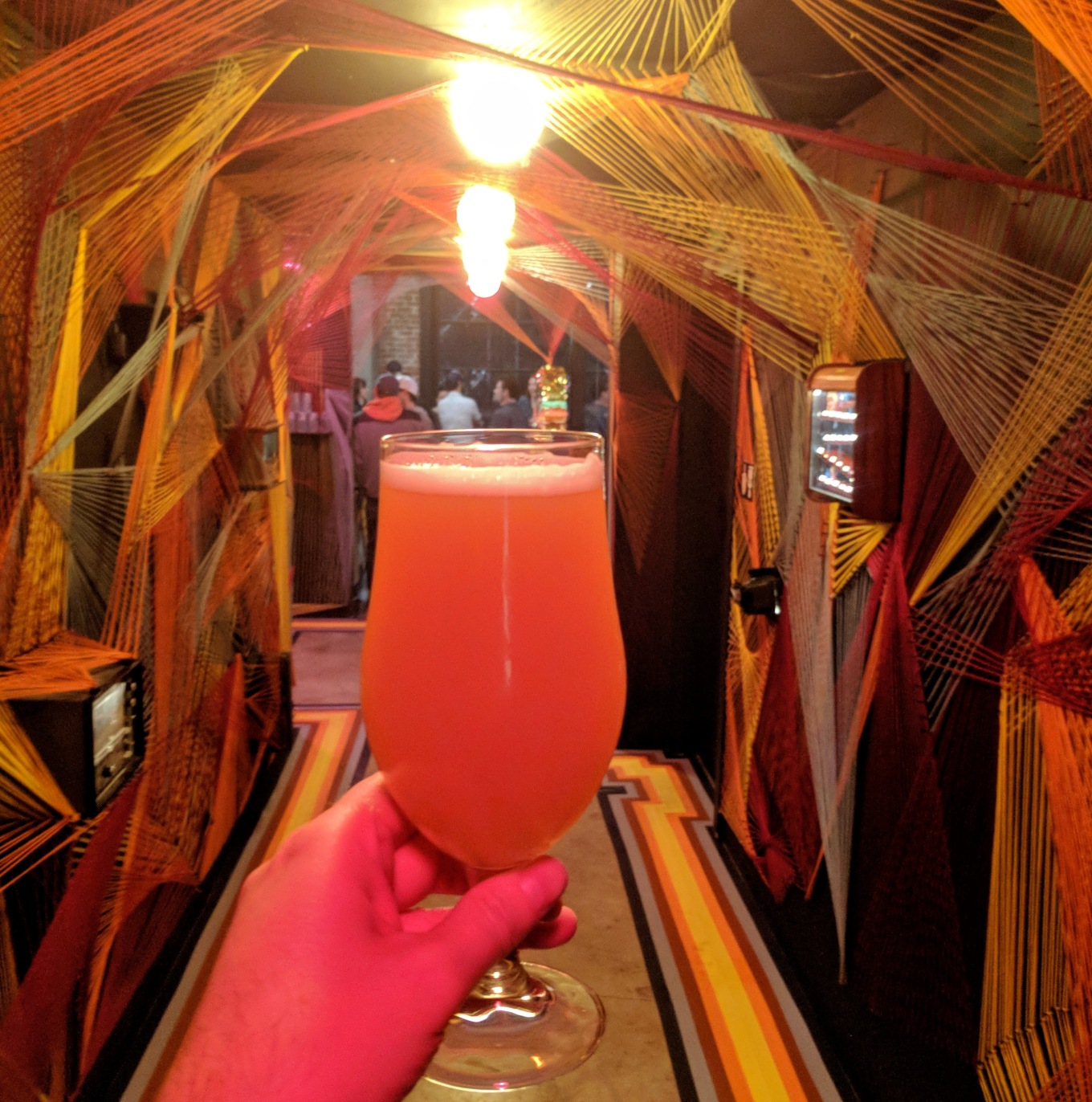The Haze Hype and How to Navigate It

Over the past week I’ve been to two local Portland breweries, one an established larger brewer and the other a smaller upstart, and both had a new Hazy IPA on tap. Most everyone I was with, in both instances, gravitated to the NE IPA and both were a big disappointment.
I’ve been told that many brewers can create anywhere from 20 to 50 batches of a hazy style before it tastes and looks the way they want it to. So it’s clearly not the easiest style to master. Getting the juicy flavors you want, the right amount of suspended hop polyphenols, using the right yeast, and any number of other factors will impact the end result.
For some brewers, the idea of making a beer that isn’t pasteurized, fully attenuated, and/or unfiltered is nearly akin to blasphemy. Traditional brewers who revel in their devotion to English and German styles, or whose bread is buttered by mass distribution, are less likely to take on the style.
Though it seems clearer than ever that the hype train for “dat haze” is real and if you’re not brewing one, you’re losing out by avoiding the hottest trend since the revival of the IPA in America. So how do you know which ones to try of a style that’s so hot and in such abundance?

Why Are They So Popular?
The reason this new style has taken craft beer by storm is multifaceted, yet I think it all boils down to drink-ability, a smoother mouthfeel, and the dank and/or juicy flavors the style tends to express. Even more, they provide a fresher hop flavor with a more subtle bitterness than standard IPAs or even Pale Ales.
A Bit of History
While the foundation of the style is most often attributed to The Alchemist’s Heady Topper, their head brewer (John Kimmich) learned his craft from Greg Noonan at Vermont Brewery & Pub, who is reported to have made hazy styles since the mid-90’s.
Originally and still called a NE IPA (New England or Northeast IPA), since it’s not an officially recognized BJCP style, the naming varies, so “Hazy” has also become a common shorthand. Much like the CDA vs Black IPA phenomenon in the Northwest, people in the NE have started to get a bit touchy about the naming.
And those early NE IPAs, as well as those brewed up until the past few years, rarely saw keg or can distribution far enough to see a degeneration in flavor. Today, brewers like Sierra Nevada and Samuel Adams have launched national distribution of a style that was once considered to have a shelf life of a few weeks, maybe a month, max.
Freshness is key, or at least finding brewers that utilize a tried and true process that keeps the haze in suspension and the hop bill fresh should allay your concern.

Where, When and How Should You Buy Them?
Your local brewery down the street might make a killer Hazy one month, then have a canning issue or change things up the next, so this can be tough to gauge. Definitely having it on tap first, if possible, then get a Crowler, fill a Growler, or get a 4-pack of 16oz cans. Otherwise you could go to a bottle shop that sells singles or split a four pack with a friend.
Yes, doing a cross-country trade for cans or a Crowler is always an option, but only suggested if it’s a known purveyor of the style that holds up over time and travel. Researching this sort of thing is easier than ever online. Checking untappd, reddit, beer advocate or other online forums certainly couldn’t hurt.
When Should You Pass?
This is an even tougher thing to quantify. If you’re trying something on tap, ask for a small taste before you buy – most taprooms and/or breweries should afford you that option.
If you’re buying something hazy from the grocery store (generally not recommended) or even a bottle shop, check the packaging date on the bottom. And avoid making trades with unknown agents, especially those offering trades that sound too good to be true.

In the end, anyone could add a list of things they’ve tried that are great, though I’ve recently had versions of the style I didn’t like on the first taste, yet improved over time. This style can truly blow your mind like nothing else you’ve ever tried, but they can also be a costly endeavor, sometimes ending in disappointment.
Pick your battles, find breweries you can depend on locally, and repeat. Seems to work (most of the time) for me. And if there isn’t one brewed near you, ask your local brewer when they’re planning to make one. Be ready to provide feedback and be honest. I’d bet they’re just as invested in making the best beer possible as their devoted patrons are in drinking them.

Categories
Excellent article. Thanks for the insight and advice.
LikeLike
Glad to hear it Fiedler. Thanks man!
LikeLike
With all this jazz about unfiltered beers that have been done so good or so bad over the years it’s hard to believe anyone’s opinion but your own….Living in the hub to the Northwest ( Boise ID) and brewing commercial beer for over a decade it’s a super trendy brewing world we live in now a daze……LOL But have fun with it and support your local brewery as much as possible……But the true underlining is can you make a BAD ASS Lager……? Just saying!!
LikeLike
Ha! So true Jake. I always try to support local brewers, first and foremost. And I couldn’t agree more that consistency, especially with traditional styles, should be the number one priority. Brewers shouldn’t have to constantly bend to the whims of what’s in fashion at the moment. Cheers!
LikeLike